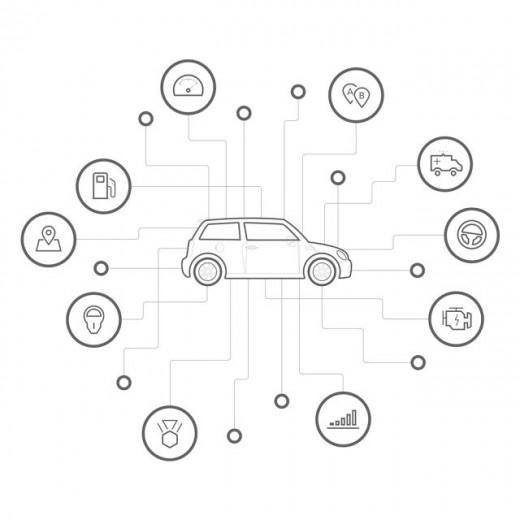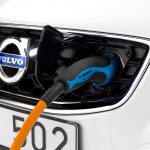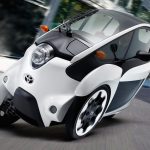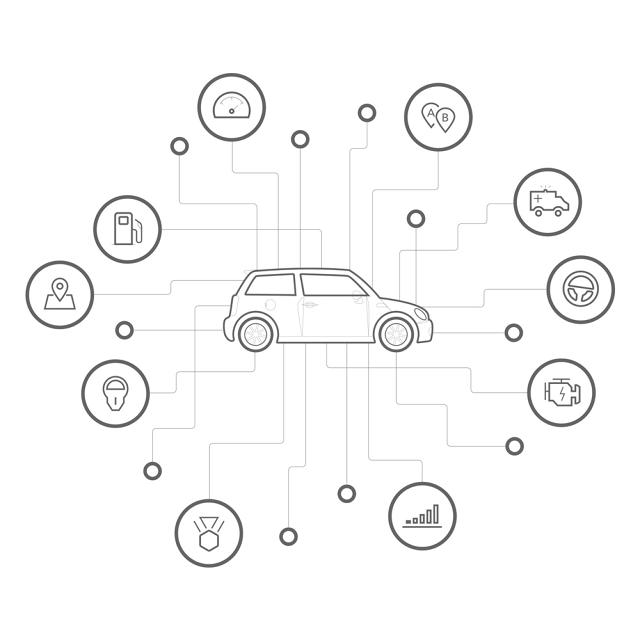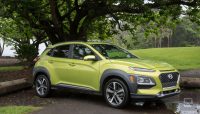Want Your Car To Talk To Your Nest Thermostat? Now It Can
Available today: an app store for your car.
Automatic is a $100 accessory that plugs into any car made after 1996. Sync it to your iPhone or Android device, and it allows you to see otherwise hidden information inside your car’s computer. Automatic can diagnose a “check engine” light, calculate fuel efficiency, or call for help when your airbags deploy. It can even sound simple chimes when you’re driving in a manner that burns excess fuel.
Now, Automatic is announcing a major update: Starting today, Automatic will beam your car’s driving data to any app you like. That means the 1.3 million smartphone apps in the world can get a peek under your hood—understanding everything from when you leave work, to how you much you should budget for fuel, to how your car performs on a race track.
“We realized we couldn’t [cater to every user demand] ourselves. The product would be a Frankenstein,” explains Ljuba Miljkovic, Automatic’s head of product marketing. “But we knew there was a model that we could use: an app store for your car.”
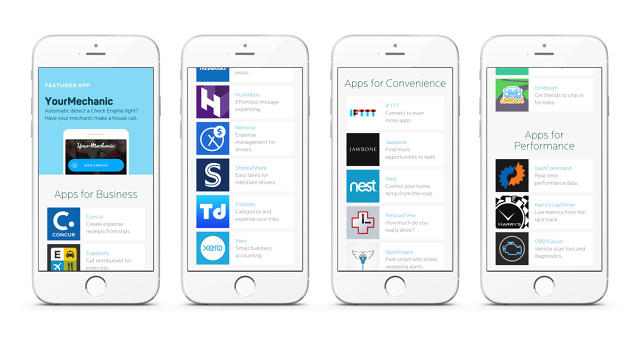
Technically, Automatic doesn’t have its own app store. The company is offering an API for developers to use. But Automatic’s app and webpage link selections to Apple and Google’s app stores—for a total of 20 apps that have incorporated Automatic data so far. That means, with a tap, you can install one of 20 new functions to your car.
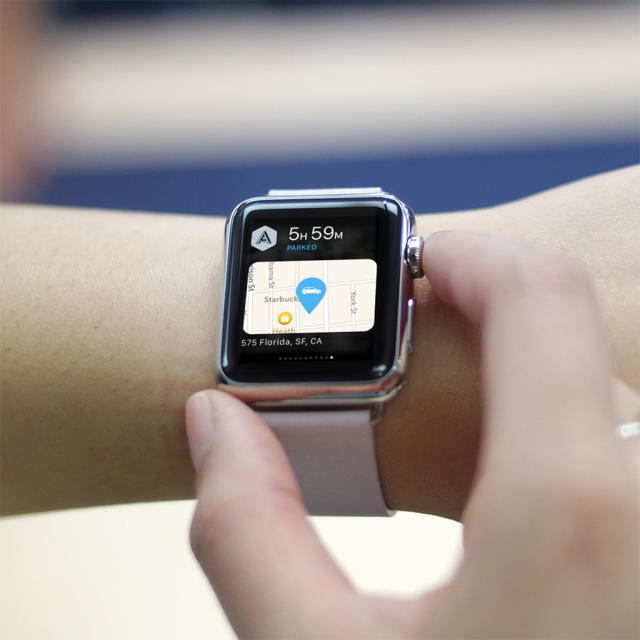
The initial list supports an array of promising experiences. There’s the home automation stuff: Automatic will link up to your Nest app, so when you turn on your car at work at 5 p.m., it’ll tell your house to be the right temperature for when you get home 30 minutes later. There’s the gearhead stuff: an app called Harry’s LapTimer can help racers improve lap times by logging things like speed, RPM, and intake air temperature five to 10 times a second. And there’s the budgeting stuff: Expensify can automatically log your mileage on company time, and file an expense report to your work with a button press.
None of these is necessarily the killer app that will make you run out to get an Automatic adapter, but in aggregate, they begin to fulfill that “app store for cars” effect. They have the potential to satisfy the niche interests of people driving the 253 million cars on U.S. roads today.

Google and Apple both have in-car platforms, but they’ve only been installed on a small handful of cars—and the average car stays on the road for 11 years. That gives Automatic wide berth to become the de facto standard connecting cars to apps before smarter cars—be they self-driving vehicles, or just Fords that run iOS—hit the roads. The hope: Even when Google and Apple inevitably make their way into cars, in one way or another, Automatic remains the middleman between the car’s computer and a smartphone app.
Is this overly optimistic? Maybe. But consider what Automatic really does. A car’s onboard computer spits out information in a relatively complicated code, and Automatic reads this code from all major car manufacturers, translates it into easy-to-mine information, and provides it to app makers. It’s hard work, and Google and Apple haven’t yet shown interest in reading the onboard computer of, say, a 2008 Toyota RAV4. In this sense, Automatic serves an important role, and may continue to—that is, unless Google and Apple literally begin building their own cars with their own onboard computers en masse, and crush the entire automative industry (in which case, I’d bet that Automatic would just be acquired by one or the other).
Whether or not that future works out as Automatic has planned, your dumb old car can still become pretty smart for $100 today.
[All Images: via Automatic]
Fast Company , Read Full Story
(163)

